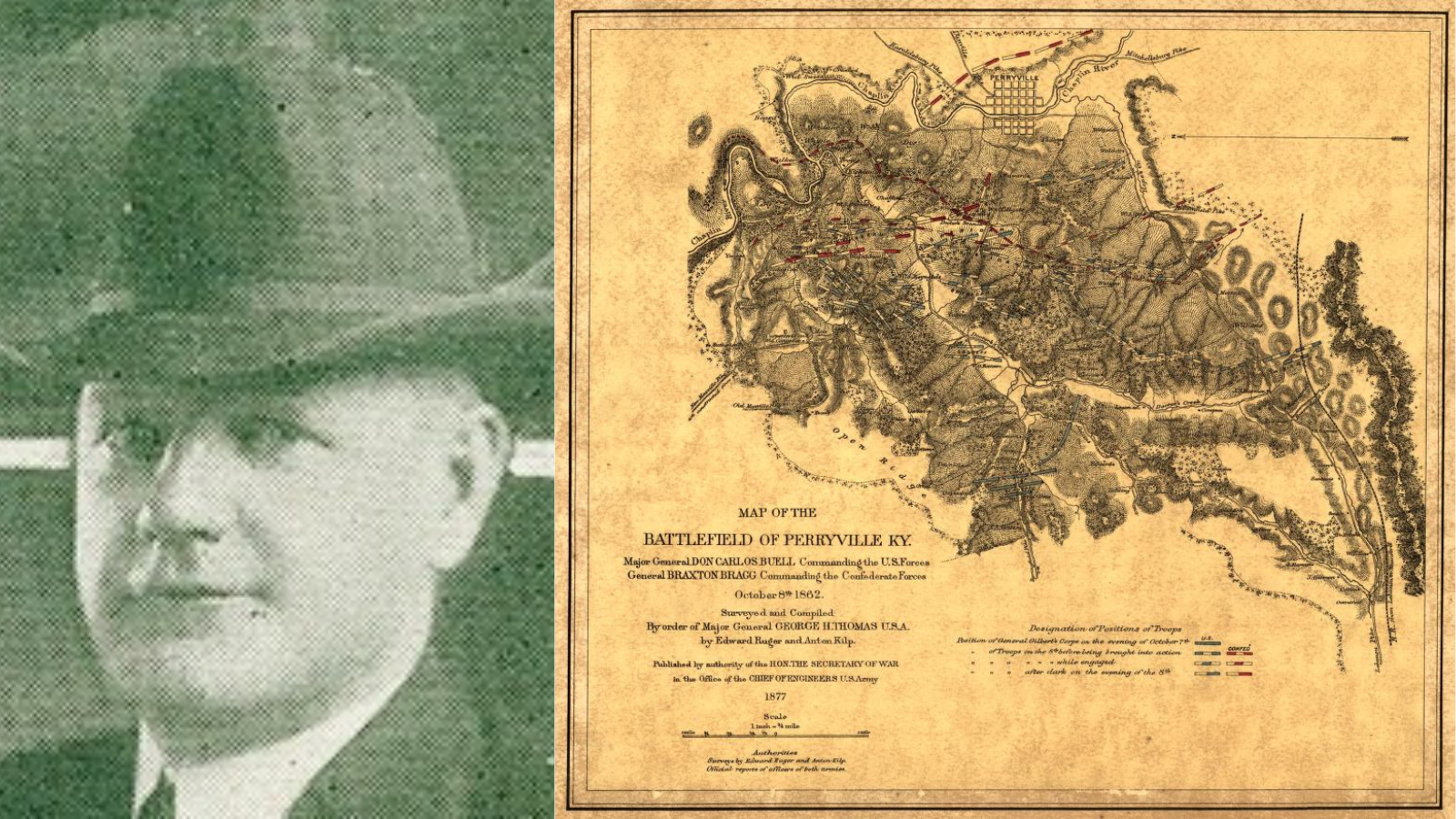History of VA and its administrations
What is the history of the Department of Veteran Affairs? The origin story of the modern VA includes several previous entities and names dating as far back as the American colonies. To help understand that legacy, this site serves as the centralized digital location for VA’s history with the focus of educating about the special relationship between the nation and its Veterans, including how that has impacted society. Here there are various stories and exhibits that examine the individuals, institutions and innovations of the last 250 years. There have been multiple agencies that have provided the service and benefits to America’s Veterans, including the Bureau of Pensions, National Home for Disabled Volunteer Soldiers, National Cemetery System, Bureau of War Risk Insurance, Veterans Bureau, and Veterans Administration, all of which are referenced on the preceding pages.
Eventually, VA’s story will be displayed to the public at the National VA History Center at the Dayton, Ohio VA campus. All information related to that effort will be found here as well.
This site is updated regularly, so check back often or sign up for our monthly newsletter in the sign up box below to have the latest stories in your inbox.
Latest VA History Posts
National VA History Center
The National VA History Center is the forthcoming museum and archival center for the historical collection and records pertaining to the Department of Veterans Affairs and its legacy agencies. It is located at the Dayton VA Medical Center campus, itself a designated National Historic Landmark. While the idea of the history center is not new, recent actions to make it a reality are. Ceremonies marking its official establishment – and the start of renovation work on two historic buildings to house the collection – were held in August 2020. The public opening of the facility isn’t expected for several years, but great work is ongoing behind the scenes. Look for monthly updates in the Curator Corner, illustrating the multi-faceted steps that go into establishing a museum and its collection as well as the archives with its growing amount of records from scratch. This will be the GO-TO home for the History Center.
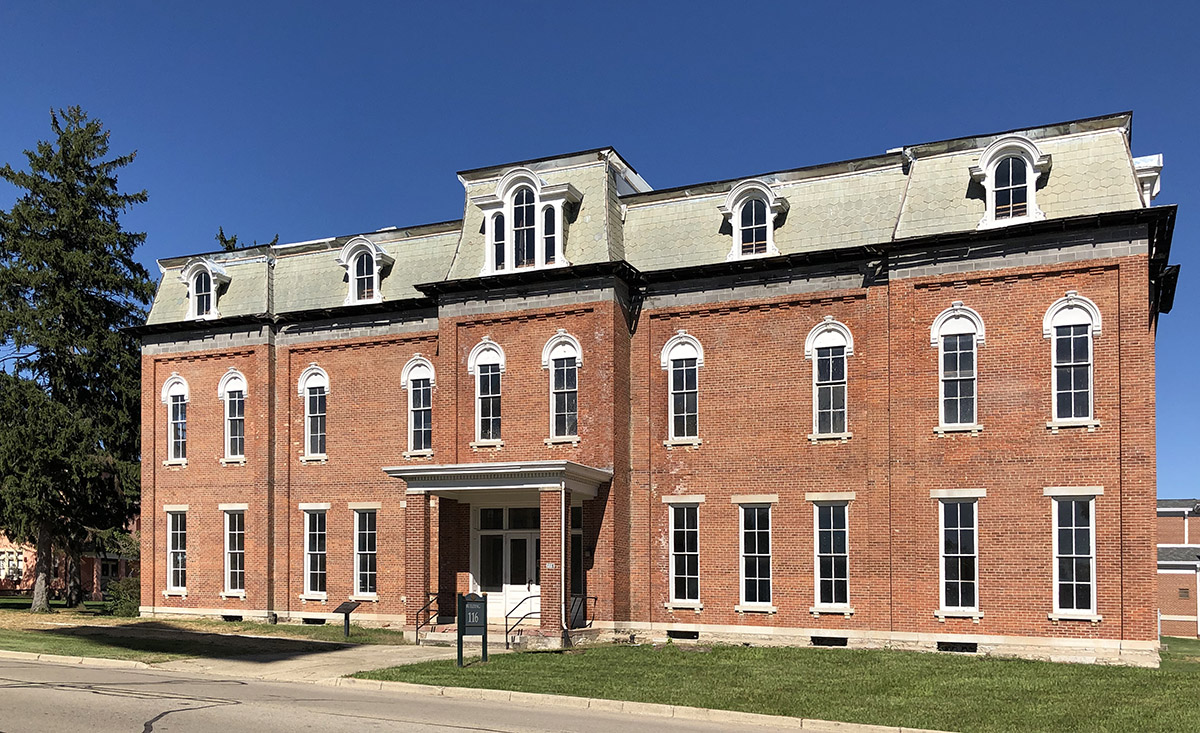
Archives and Research
The National VA History Center has a growing Archives department that is spearheading the way to provide public access to historical documents related to the Department of Veterans Affairs and its predecessor organizations.
Researchers can access the Records Groups and Finding Aids pertaining to the Veterans Benefits Administration, Veterans Health Administration and the National Cemetery Administration on the NVAHC archives page.
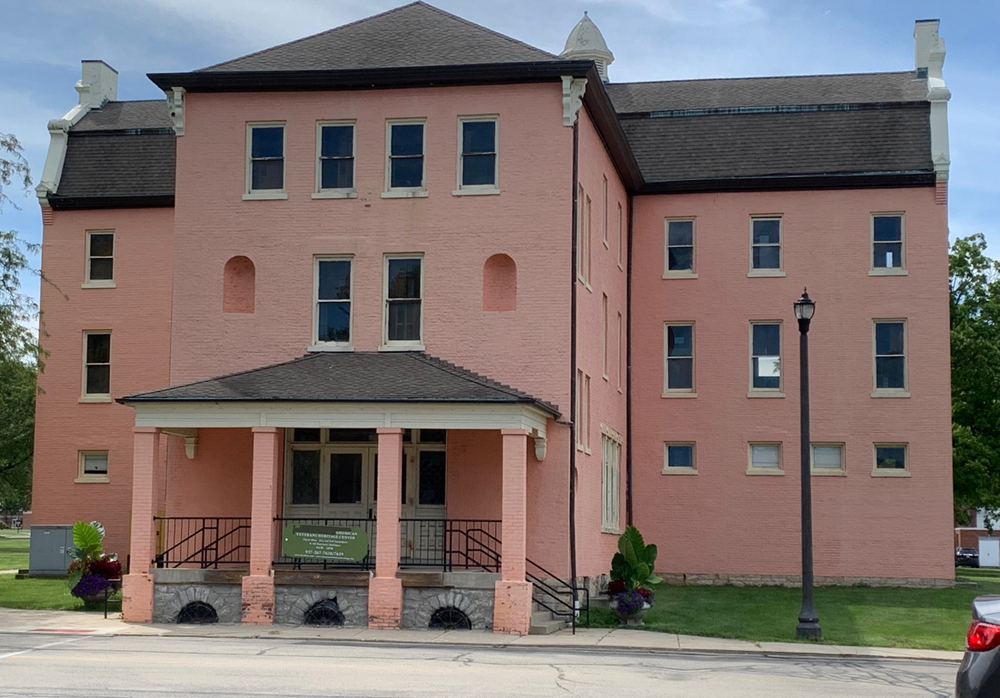
History of VA in 100 Objects exhibit
The History of VA in 100 Objects exhibit spotlights the objects that illuminate how the nation has honored and cared for Veterans from 1776 to the present. New entries are added every few weeks as we continue the countdown to the 100th Object. Click on the link below to view all of the entries published to date or you can search them by using the magnifying glass icon on this page. Join the journey through VA’s past, object by object.

History of VA in 100 Objects
Object 93: Occupational Therapy Floor Loom
During World War I and afterwards, the United States committed to rehabilitating sick and wounded soldiers so they could resume productive lives in the civilian workforce. The emerging field of occupational therapy played a crucial role in the rehabilitative process.
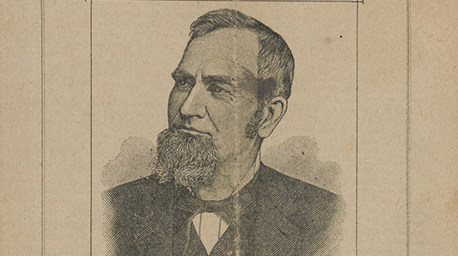
History of VA in 100 Objects
Object 92: Pension Attorney Promotional Pamphlet
The expansion of the Civil War pension system was a cash windfall for pension attorneys. These lawyers used their legal know-how to help Veterans obtain benefits, but they were also accused of exploiting their clients and fleecing the government.
Featured Stories
Our Featured Stories section provides scholarly researched and written content on the people, places, events and innovations that illustrate VA’s remarkable evolution serving Veterans since the start of our nation. These are longer stories, with historical details on the rich lineage of VA and the significant moments in time.
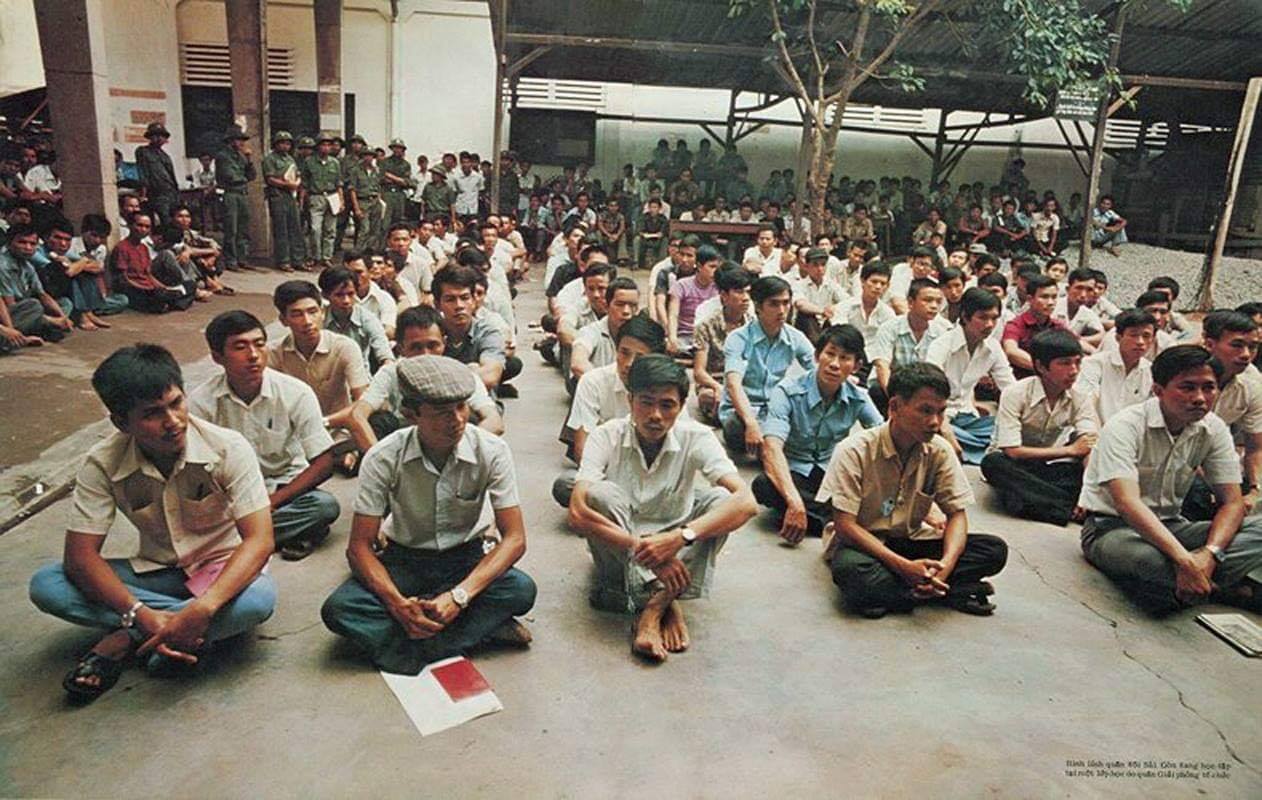
Featured Stories
The Fall of Saigon 1975: A South Vietnamese Military Physician Remembers
"There was chaos in the streets when I made my way to the hospital on the morning of April 30, 1975. In a place of order, there was now great confusion. The director and vice director of the hospital were gone, making me, the chief of medicine, the highest-ranking medical officer."
Virtual Exhibits
A collection of virtual exhibits covering various historical aspects of VA, presented with focus on visual images that have been pulled from archives across the nation. Most use an exhibit-host to showcase specific topics with compelling pictures and research that go beyond stories and features.
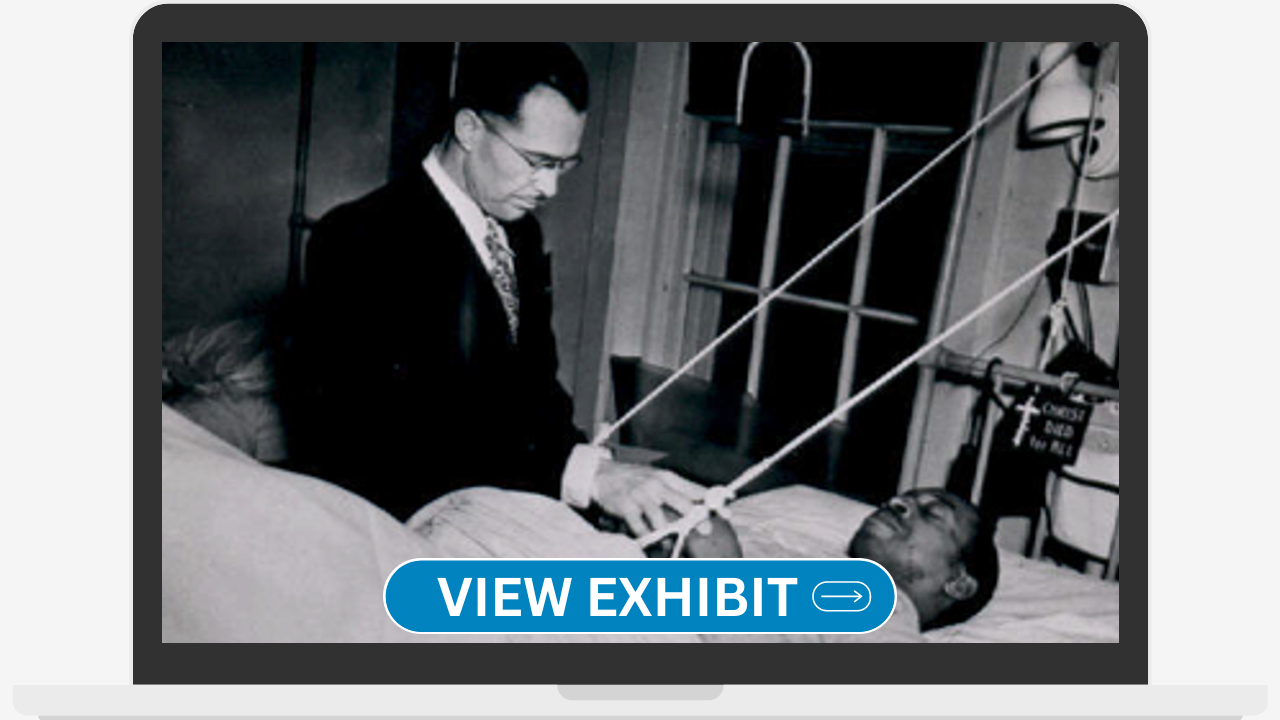
Exhibits
To Bring Light to Where There is Darkness: VA Chaplains and Religious Artifacts from the National VA History Center
For more than 150 years, VA chaplains have served Veterans with care and compassion, proving that they are indelible to the fabric of Veterans' health. Objects in this exhibit, housed in the National VA History Center (NVAHC), help tell the story of chaplaincy’s enduring presence and its profound impact on Veteran care.
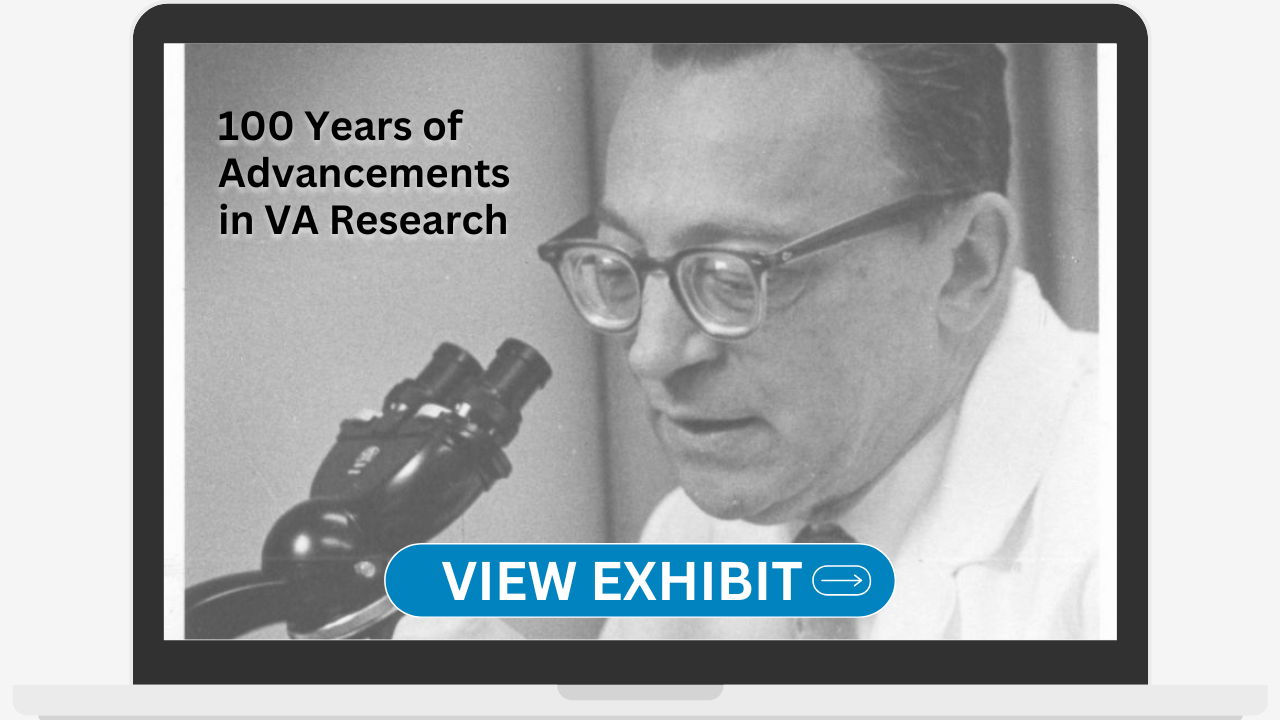
Exhibits
VA Research at 100: A Century of Medical Advancements
In 1925, 100 years ago, the Veterans Bureau initiated the first hospital-based medical research studies to address Veteran-specific issues like mental health, tuberculosis, cancer and toxic exposure. The program has since made significant medical breakthroughs and innovations, impacting the world.
Curator Corner
While the National VA History Center continues progressing, get a peek inside the growing artifact collection and records archive that will one day be featured in various displays or be accessible and centralized for research. As part of our effort, the Curator Kurt Senn and Senior Archivist Robyn Rodgers will provide insight into the efforts behind the scenes to establish the future museum and archive center that will help show VA’s story. Some of our series include ‘What’s in the box?‘ that will highlight unique items that are literally found in boxes as the team opens them and ‘From the collection,’ which traces the history of items that are stored on site.

Curator Corner
The Story Behind the National Homes’ Seal
The National Home for Disabled Volunteer Soldiers turns 160 years old in 2025. The campuses are the oldest in the VA system, providing healthcare to Veterans to this day.
At the time of their establishment, they were the first of their type on this scale in the world. Within the NHDVS seal is the story that goes back 160 years ago.




